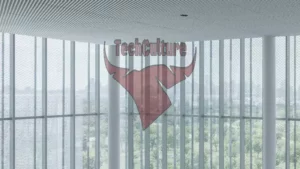Meta Deactivates Automated Systems Designed to Curb Misinformation
Meta, the parent company of Facebook, has quietly deactivated its automated systems that were designed to track and limit the spread of viral conspiracy theories on its platforms. These machine learning systems, which internal documents revealed were over 90% effective in curbing misinformation, have been shut down without public acknowledgment from the tech giant.
The decision to remove these safeguards marks a significant shift in Meta’s approach to content moderation. The systems were particularly adept at targeting harmful narratives, such as the infamous Pizzagate conspiracy theory. However, Meta’s new Head of Global Policy has suggested that these systems may have been overzealous, potentially demoting too much content.
As part of this policy change, Meta is now requiring a higher threshold of confidence that content violates platform standards before taking action to demote it. This move is part of a broader overhaul of Meta’s trust and safety practices, with a renewed emphasis on free expression.
The company has also made other notable changes, including the termination of its third-party fact-checking program and relaxing restrictions on dehumanizing language. These adjustments allow users more latitude in their speech, even permitting content that includes misgendering and racist declarations.
Moving forward, Meta’s efforts to combat misinformation will rely more heavily on user-centered models, similar to the “Community Notes” feature employed by X (formerly Twitter). This approach aligns with CEO Mark Zuckerberg’s vision of returning the platform to its free expression roots.
While these policy changes have garnered favor with some political figures, including former President Donald Trump, who had previously criticized Zuckerberg, the long-term impact on Meta’s users and the broader information ecosystem remains uncertain. As the landscape of online discourse continues to evolve, the tech industry and its users will be watching closely to see how these changes unfold.




